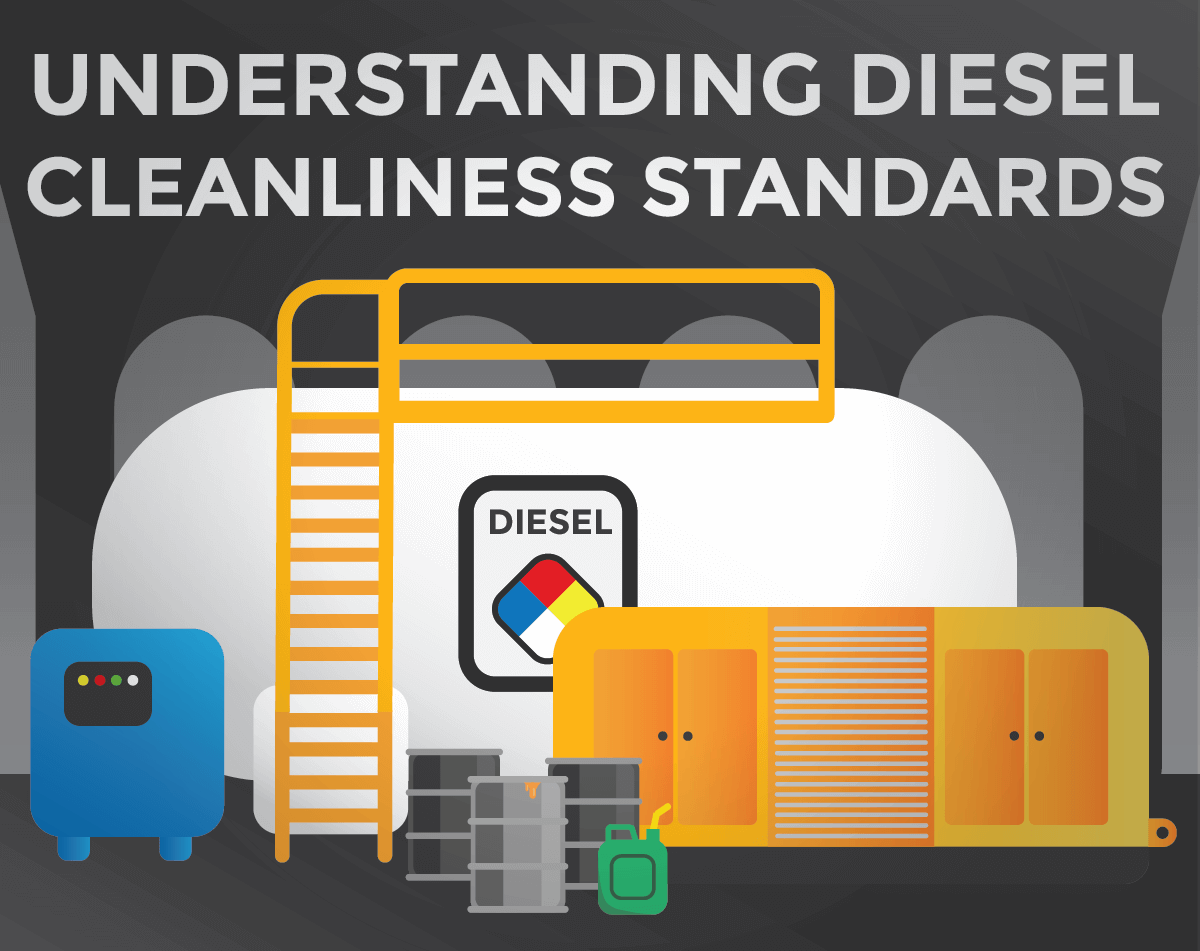Hi,
Fuel, even from the gas station is never 100% clean. There's always some toleratable limit of amount of junk in there (see my 2nd post if you want to skip the theory).
The centrifuge works like this; heavier (large) particles get thrown a little distance (because they are heavy) and get stuck in the middle, while lighter (small) ones are light enough thrown further. Hopefully your oil/fuel is the lightest, and it gets thrown to the outside;
You must be registered for see images attach
After you filtered out the heavier ones, the light ones remain. Many many batches later, the weight of these particles might even be equal to the fuel, so you won't filter out anything at all (even though there will still be particles in the oil).
For example, if you start out with 1000 oz of junk, and you centrifuge is 75% efficent (25% is left)
pass 0: 1000 oz
pass 1: 250 oz
pass 2: 65 oz
pass 3: 16 oz
pass 4: 4 oz
pass 1: 1 oz
etc etc, this will never be truely "0", also note the biggest removal you do in the early passes (750, 185, 49, 12, etc see how its decreasing per pass).
Long story short, practically, I would draw a line to where the filtered oil's quality is "good enough". And then run it through a 1micron filter for good measure.

